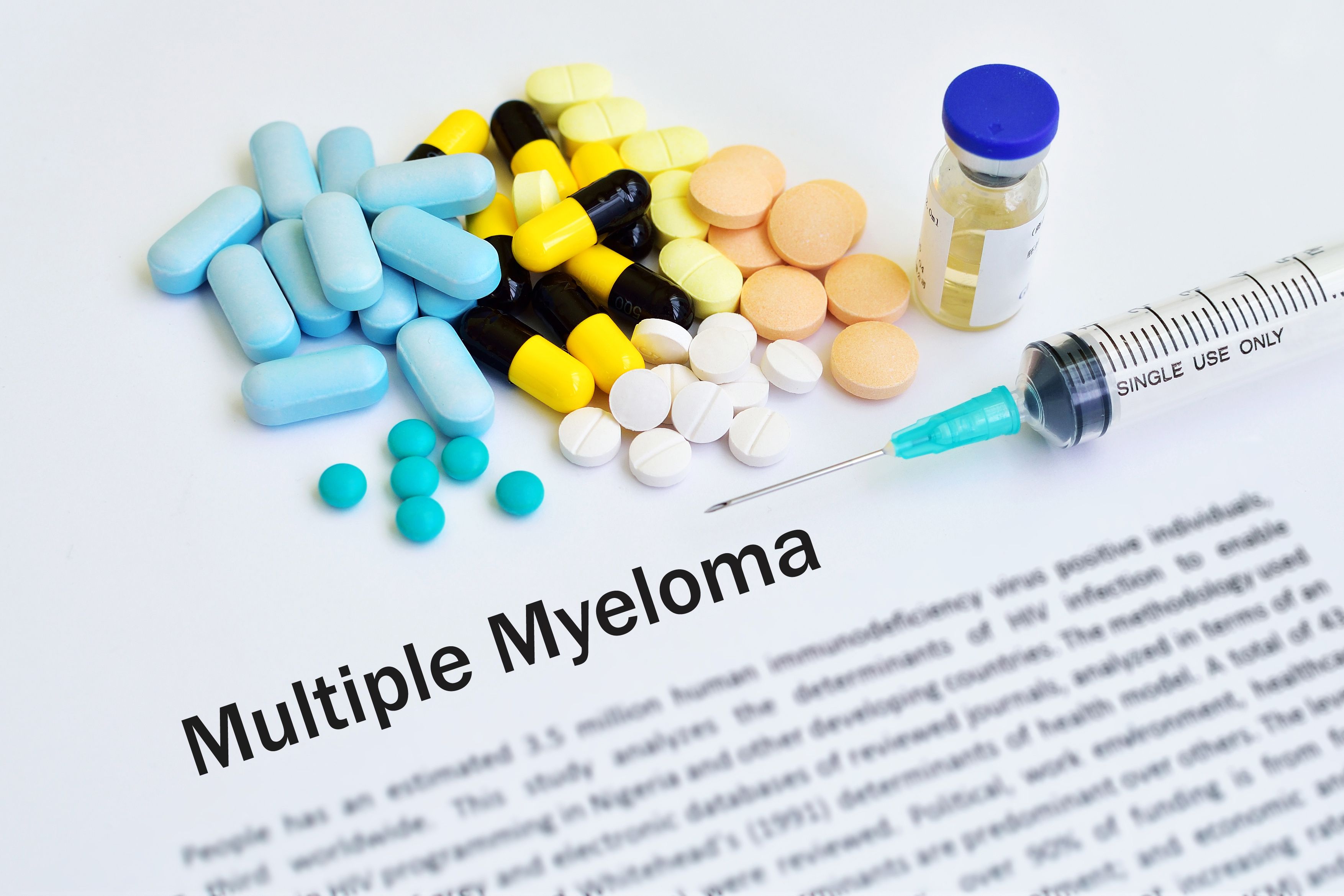News
Article
Linvoseltamab to Be Reviewed for Relapsed, Refractory Myeloma
Author(s):
The Food and Drug Administration is reviewing the novel drug, linvoseltamab, for the treatment of patients with pretreated, relapsed or refractory multiple myeloma.
Linvoseltamab, a novel drug to treat patients with pretreated, relapsed or refractory multiple myeloma, received a priority review by the FDA.

The Food and Drug Administration (FDA) granted a priority review for a Biologics License Application (BLA) to linvoseltamab for the treatment of adults with relapsed or refractory multiple myeloma who had progression after three or more prior treatments, according to Regeneron, the manufacturer of the drug.
By granting the priority review, the FDA agrees to expedite their assessment of the novel drug. The agency established a goal date of Aug. 22, 2024 to decide whether linvoseltamab will be approved for this patient population.
The priority review was based on findings from the phase 1/2 LINKER-MM1 clinical trial, which is an ongoing study investigating the safety and anti-cancer capabilities of linvoseltamab in patients with relapsed or refractory myeloma. According to the trial’s listing on ClinicalTrials.gov, an estimated 387 patients are currently enrolled.
Phase 1 of the trial, which is now complete, analyzed safety, tolerability and side effects that led to dose limitations. The ongoing phase 2 portion of the trial is looking at the safety and anti-tumor activity of linvoseltamab. The main goal is objective response rate (ORR; percentage of patients whose disease shrinks or disappears from treatment), though researchers also analyzed duration of response, progression-free survival (time from treatment until disease worsening or death), rate of minimal residual disease negativity status and overall survival (time from treatment until death of any cause).
Findings, which were presented at the 2023 American Society of Hematology Annual Meeting, showed that in a median follow-up of 11 months in patients who received 200 milligrams of the drug, the ORR was 71%, with 46% of patients experiencing a complete response or better, which is when cancer can no longer be detected.
Among these patients included in the data analysis, 27% of them were over the age of 75, with 16% having extramedullary plasmacytomas (myeloma tumors in the lungs, throat or other organs), 23% had bone marrow plasma cells at or above 50%, and 39% had high-risk cytogenetics, which is typically associated with poorer outcomes. Regeneron also noted in the press release that 17% of patients were Black or African American, “mirroring rates that are representative of [multiple myeloma] in the U.S.”
In phase 2 of the trial, after 24 or more weeks of linvoseltamab therapy, patients who had a very good partial response or better were able to decrease the frequency at which they received treatment from every two weeks to every four weeks.
Per data published in December, the majority of patients who were treated with 200 milligrams of linvoseltamab experienced at least one side effect, with 85% experiencing a moderate or worse (grade 3 or higher) side effect. Most commonly, patients experienced cytokine release syndrome, which is an immune response characterized by the large, rapid response of cytokines (inflammatory molecules) into the blood cells, according to the National Cancer Institute.
READ MORE:Patients With Myeloma Must Recognize the Signs of Cytokine Release Syndrome
A total of 46% of patients experienced cytokine release syndrome, with 35% being grade 1; 10% being grade 2; and one instance (1%) of grade 3. Immune effector cell-associated neurotoxicity syndrome (ICANS) also occurred in nine patients (8%), with three patients (33%) experiencing grade 3 ICANS.
Fourteen patients (12%) died from a treatment-emergent side effect on treatment or within 30 days after the last dose, of which, 11 (9%) were infections, according to the study findings.
According to the press release from Regeneron, eligible patients with relapsed or refractory multiple myeloma can talk with their clinicians about enrolling in the larger phase 3 LINKER-MM3 trial, which they hope will confirm the drug’s benefit.
For more news on cancer updates, research and education, don’t forget to subscribe to CURE®’s newsletters here.



